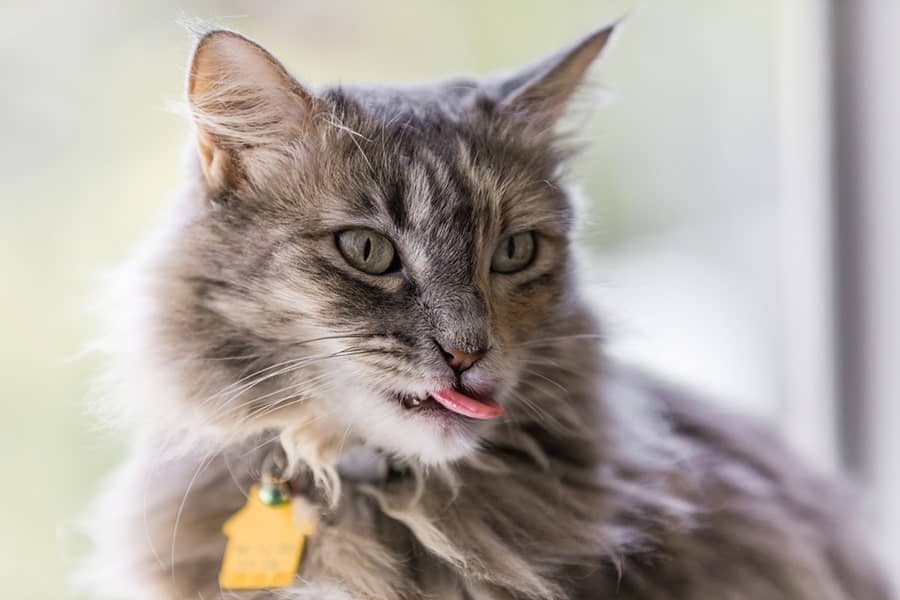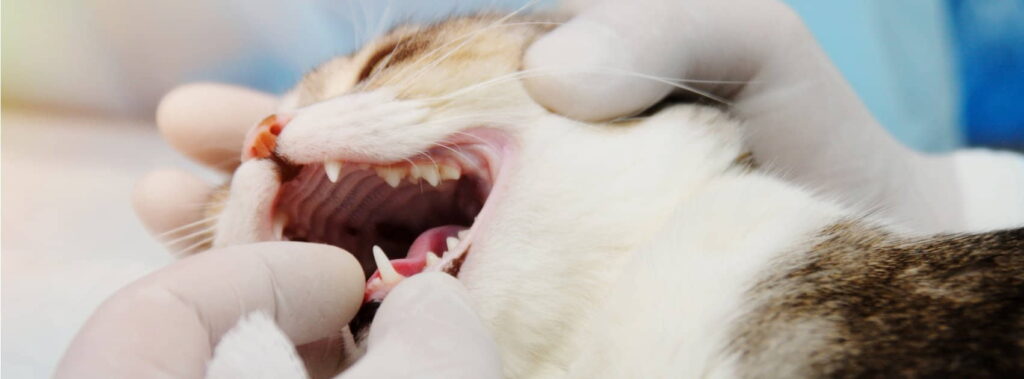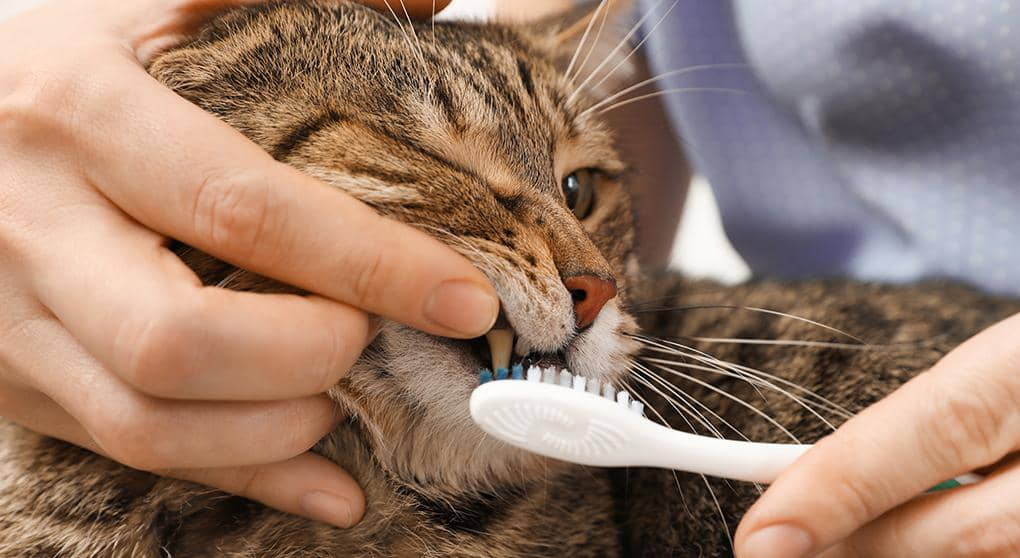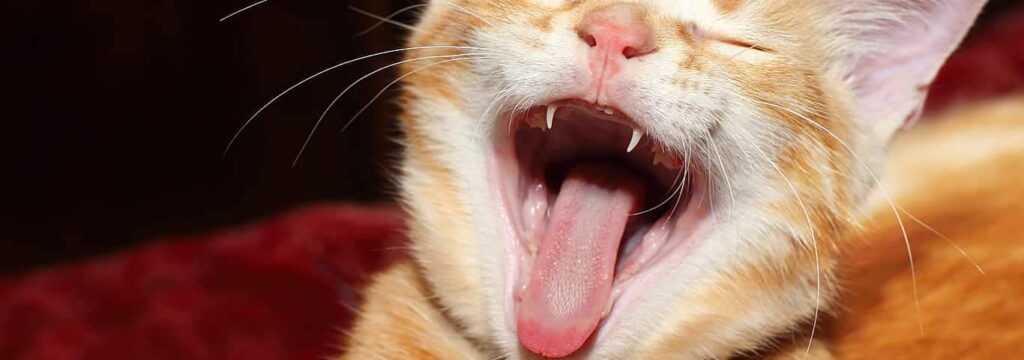Feline stomatitis may sound like a digestive disorder, but it’s not an illness of the stomach. “Stoma” is a zoological term that refers to the mouth, and feline stomatitis is really a painful, inflammatory disease of a cat’s gums and mouth.
Veterinarians are not certain what causes the ailment, and no definitive course of treatment exists. Cats with feline stomatitis often face several visits to the vet in order to manage the problem and live pain-free.

Symptoms of Feline Stomatitis
The main symptom of feline stomatitis is extreme oral pain. Your cat might demonstrate this in any or all of the following ways:
- Pawing at his mouth or rubbing his face against furniture
- Drooling; the drool may be tinged with blood
- Avoiding food completely, or trying to eat, but stopping abruptly or crying when eating
- Ceasing to groom himself

Because the pain makes eating difficult, your cat could be losing weight. He may hide under furniture, an instinctive reaction (in the wild, an injured or ill cat takes cover to avoid becoming a target for predators).
You also may notice other behavioral changes: Your cat may act aggressively, particularly when you touch him or offer food. In addition, his breath will smell bad, and his gums may look red and inflamed.
Causes of Feline Stomatitis
The cause of feline stomatitis is not known. Veterinarians have proposed a few theories, though:
- The cat may be extremely sensitive to normal dental plaque. His immune system may overreact, resulting in inflammation. (This is one of the more widely accepted theories.)
- The cat may have a suppressed immune system due to stress or another illness, such as the feline leukemia virus.
- Certain breeds may be especially susceptible. Some researchers say feline stomatitis is common among Siamese, Himalayans, Persians and Somalis, though it is also seen in domestic short-haired and long-haired cats.
Because we don’t know what causes feline stomatitis, it’s hard to prevent the condition. Routine dental care is always recommended to keep up your cat’s health.

Diagnosing Feline Stomatitis
If your cat exhibits these symptoms, take him to the vet immediately. In order to do a complete exam, your vet will most likely give your cat a general anesthetic. This may be the best way to examine your cat, since the necessary manipulation of your cat’s mouth without anesthesia would be much too uncomfortable.

Upon examination of your cat’s mouth, your vet may see red, inflamed gums that bleed easily. She may also spot sores or lesions on the gums, roof of the mouth and back of the throat. She will take X-rays to check for damage to the teeth and may do a tissue biopsy to rule out other conditions.
Wondering about Spay and Neuter Programs for Your Cat? Check it out on our lastest post!


0 Comments